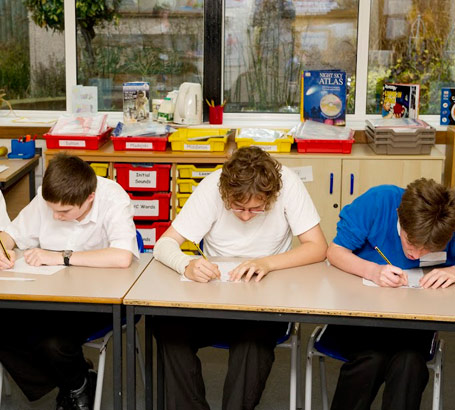
Children with CLDD may not easily engage in learning. Active engagement in learning is seen on a continuum from fully engaged to not engaged, as follows:
- No focus/no engagement;
- Emerging/fleeting engagement;
- Partly sustained engagement;
- Mostly sustained engagement;
- Fully sustained engagement.
For children with disabilities, research has suggested that engaged behaviour is the single best predictor of successful
learning.
- Where on the engagement continuum do you feel their engagement lies for different activities?
- What do you feel it is that makes some areas or activities more or less engaging for them?

It is highly recommended that you video or digitally record children in the classroom so you can capture all engagement
behaviours. Small movements are sometimes easy to miss. A recording allows you to go back and look again.
Ask yourself, ‘What is it about the identified area or activities that makes the child sustain engagement in them?’
At this point, recording the children will enhance your observations.